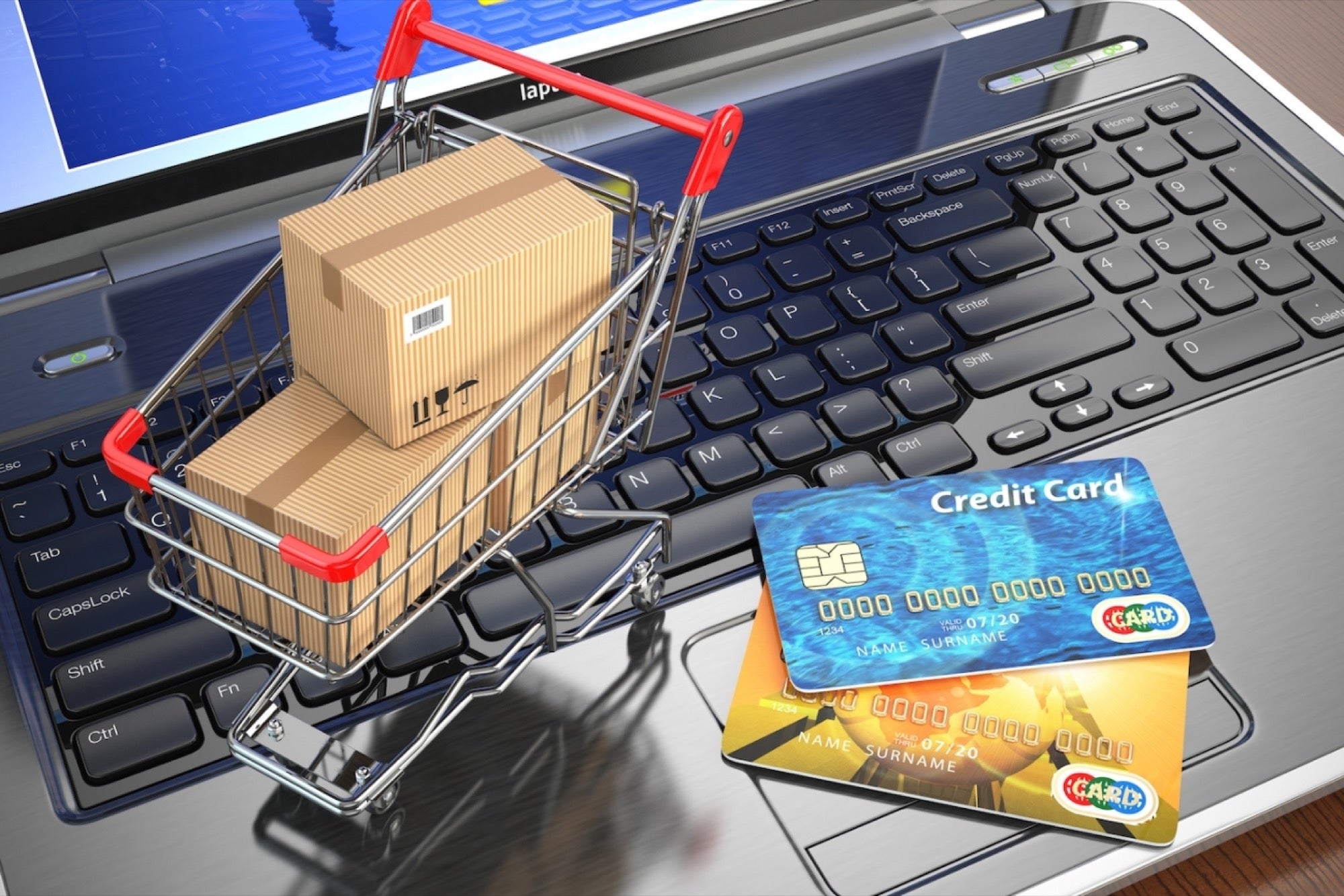3 Types of Ecommerce Business Models There's more than one way to run an ecommerce business. Find out which one might be best for you.
Opinions expressed by Entrepreneur contributors are their own.

The following excerpt is from Shelby Larson's book Moonlighting on the Internet. Buy it now from Amazon | Barnes & Noble | iTunes
Shelby Larson presents the most reliable and proven ways you can create an extra paycheck for the short term and establish a continual revenue stream for the long term with your own website. In this edited excerpt, Larson takes a closer look at three ways you can earn money with an online business.
There are several types of ecommerce business models you can easily get up and running quickly: drop-shipping, wholesaling and warehousing, and white labeling and manufacturing.
It's not by accident they're listed in that order. In my opinion, those options are listed in order of complexity. Each is a legitimate, solid choice. However, if people getting started in ecommerce for the first time are looking to start with the easiest model and progress from there, they'd start with drop-shipping. But just because I'm telling you drop-shipping is the easiest way to get up and running quickly doesn't mean you have to start there.
Here's a look at all three methods:
1. Drop-Shipping
Drop-shipping is when you sell items on your website that are manufactured, fulfilled, and shipped to your customers by someone else. Generally, these relationships are established between you and a manufacturer or a wholesaler who has a warehouse full of the items you'd like to sell. Once the proper agreements are in place, the manufacturer or wholesaler will send you images of the products you wish to sell along with pricing. You'll then place those items for sale in your ecommerce store. Your job is to sell the items, and the manufacturer or wholesaler will fulfill the orders and ship them to your customers.
Here's a quick drop-shipping example. My family and I run a nonprofit reptile rescue out of our home. Because I have a passion for bearded dragons, I happen to know that people who own beardies are so crazy about them that they put women who carry little dogs around in their purses to shame. Bearded dragon owners go nuts for items for their health care and habitats and even frequently buy costumes and clothing for their animals. So for the sake of this example, let's pretend I opened an ecommerce store that sells items for bearded dragon lovers using the drop-shipping model.
If my supplier can sell me a 40-gallon breeder tank (a common enclosure for bearded dragons) for $50, I would list it on my website for $100. Then I would market my product through my awesome online store. Once a customer placed an order for one of these tanks, I'd turn around and pay my supplier $50 of the $100 I collected and supply them with the order and shipping information. They would then ship that tank to my customer as if it came straight from my ecommerce business. Some of the benefits people love most about the drop-shipping model is that there's very little upfront investment to be made. You don't buy any of the products until one is ordered and paid for. Once your foundation is set up with the platform you're selling from, and your relationship with your drop-shipping partner is in place, your primary focus is driving targeted buyers to your store and providing an amazing customer experience. Once the sale is made, that is when you pull money out of your pocket to pay for the item sold. This is a low-risk, high-reward model. You don't have to stock any inventory or deal with the headache of order fulfillment.
Some of the drawbacks are that you have no control over the shipping and fulfillment, and sometimes your suppliers let you down. If a supplier is running behind or forgets to provide you with a tracking number, that increases your customer service responsibilities. Also, since you're not keeping any of the inventory, you don't always know if an item is running low. You could end up unknowingly selling something that's out of stock. Then you have to deal with the customer service and reputation ramifications.
The good news is, if you don't feel the supplier you've chosen is living up to your standards, it's pretty easy to get out of a drop-shipping contract. Your assets are entirely digital. It's much easier to transition an ecommerce business that uses drop-shipping as its fulfillment model than it is if you have a warehouse full of items that have already been manufactured for you.
2. Wholesaling and Warehousing
This model is when you buy products in bulk and store them in a warehouse somewhere. Usually people who prefer this model are selling product in volume. People most commonly use this in a B2B market as opposed to a B2C model. Using my previous example of an ecommerce store selling bearded dragon supplies, in this case, I'd be the wholesaler who sold the tank to a B2C business owner for $50, and they'd sell it individually on their website for $100. Whether or not I would also fulfill the order would depend on the type of business I'm in. With this model, you get better pricing because you're buying in bulk instead of making one-off purchases, as in a drop-shipping business. If you're buying in bulk and selling the items individually on your website to consumers, you also have better margins than you do with drop-shipping.
However, if you're like most people using this model, you're selling in bulk to businesses who are selling to consumers, which has lower margins. In most wholesale businesses, you need to create enough sales volume to make up for the smaller margins. This model also requires high upfront investments for purchasing and housing the product.
3. White Labeling and Manufacturing
Manufacturing is when you're actually paying to have the items created for you. In white labeling, you aren't manufacturing the product, but your licensing contract allows you to put your name or brand on it as if you are the manufacturer. So with this scenario, you are either manufacturing products overseas or importing them from overseas and putting your brand on them. You're the top of the product chain at this point.
When you're importing or manufacturing overseas, your margins are much higher. You get to create the product for a very low price and then sell it online for a much higher price. You also control all the shipping and fulfillment yourself; while it's more work, it has a lot of benefits, too. You get to control the entire cycle and always know what's going on with the product. Also, at this point, you can take advantage of wholesalers and drop-shippers to retail your products for you.
This model isn't for the commitment-phobic. There's no easy way to end a manufacturing contract. You had the products made, you've imported them into your country, and you have them sitting in a warehouse somewhere. You also have to develop a process to monitor and maintain quality control. This is definitely an advanced model. There's almost always a large cash investment required upfront, so you need to have a financial plan.












